What is email advertising?
Email advertising is a digital marketing strategy that involves sending promotional messages or advertisements to a group of people via email. Businesses use this method to connect with potential customers, share product updates, or promote special offers.
💡 Related guide: A Beginner's Guide to Email Advertising in 2025
17 best email advertising examples
Below, we have a curated list of email advertising examples from renowned brands, and we have also talked about why they work.
1. Mailmodo
Mailmodo stands out in the pool of email advertising through interactive engagement. Our email campaigns go beyond static content, incorporating interactive elements such as surveys, quizzes, and clickable features. This approach captures the recipient's attention and encourages active participation, enhancing user interaction with the content.
Mailmodo's innovative use of interactivity sets a dynamic tone for their email campaigns, offering a unique and engaging experience for the audience.
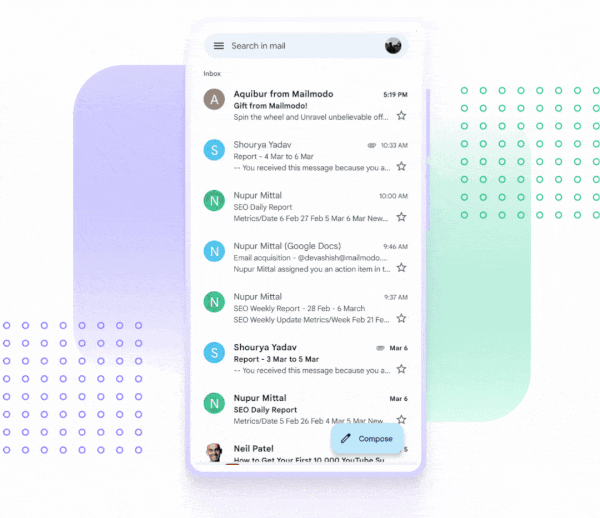
2. Apple
Apple ensures that each email serves as a visually engaging and memorable communication piece. It is renowned for its sleek design ethos, which seamlessly translates its aesthetic into email campaigns. Visual excellence is a hallmark of their emails, with compelling images, clean layouts, and concise yet impactful copy.
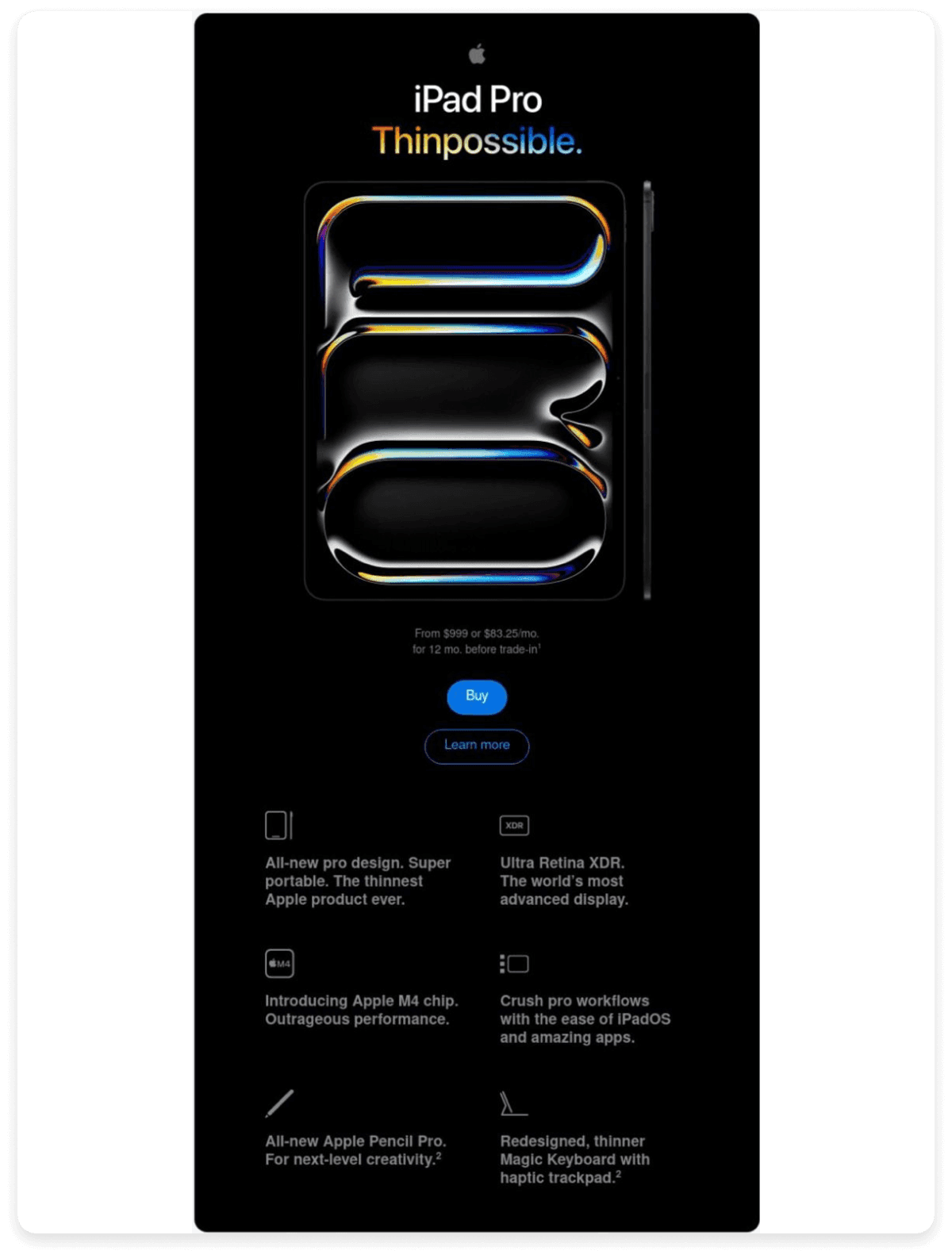
3. Airbnb
Airbnb excels in personalized email advertising. By leveraging user data to recommend accommodations based on past searches and preferences, Airbnb creates a tailored experience for each recipient. Personalization establishes a connection with the audience, making them feel valued and understood, ultimately driving higher engagement for their new products.
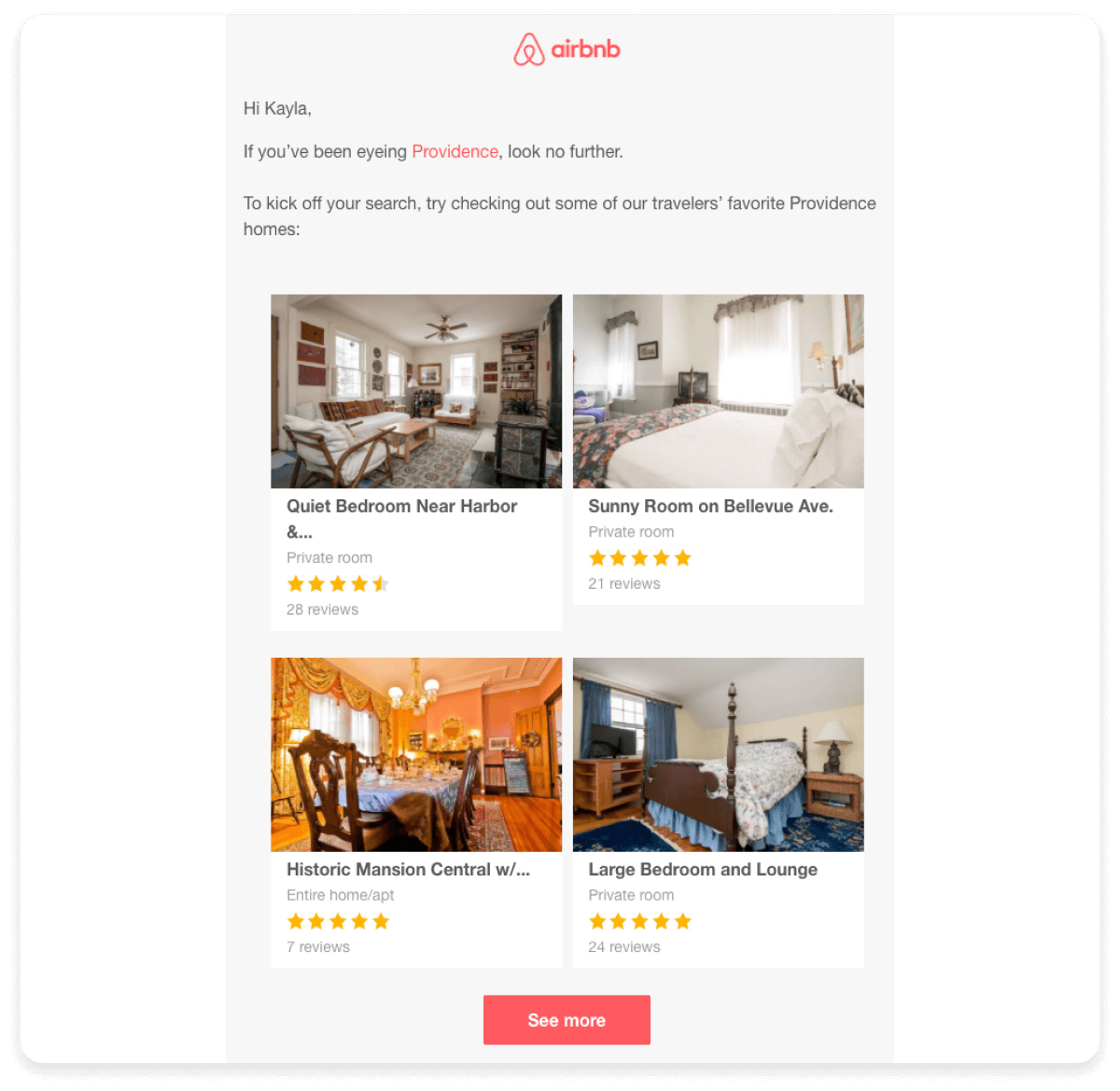
4. Grammarly
Grammarly, a tool for enhancing writing skills, showcases the power of compelling copywriting in email advertising. Their emails are informative and resonate with the audience by addressing pain points and offering solutions.
A well-crafted copy can significantly impact engagement and conversion rates, as demonstrated by Grammarly's effective email marketing strategy.
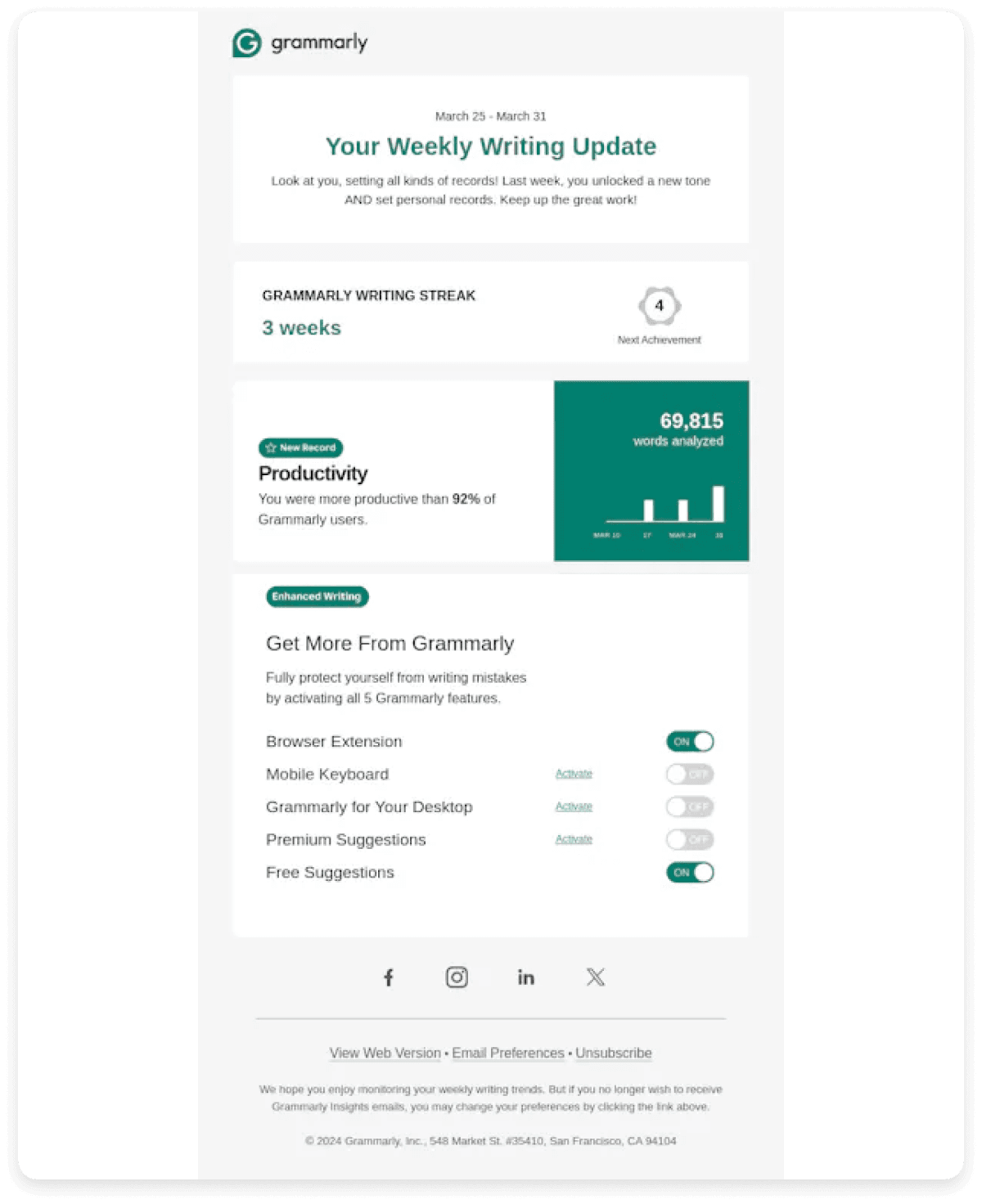
5. Amazon
Amazon, the e-commerce giant, utilizes dynamic product recommendations in its email campaigns. By analyzing customer purchase history and browsing behaviour, Amazon tailors emails to showcase products that align with individual interests.
This strategic use of data-driven content recommendation enhances the likelihood of conversions and increases the overall value of the customer experience.
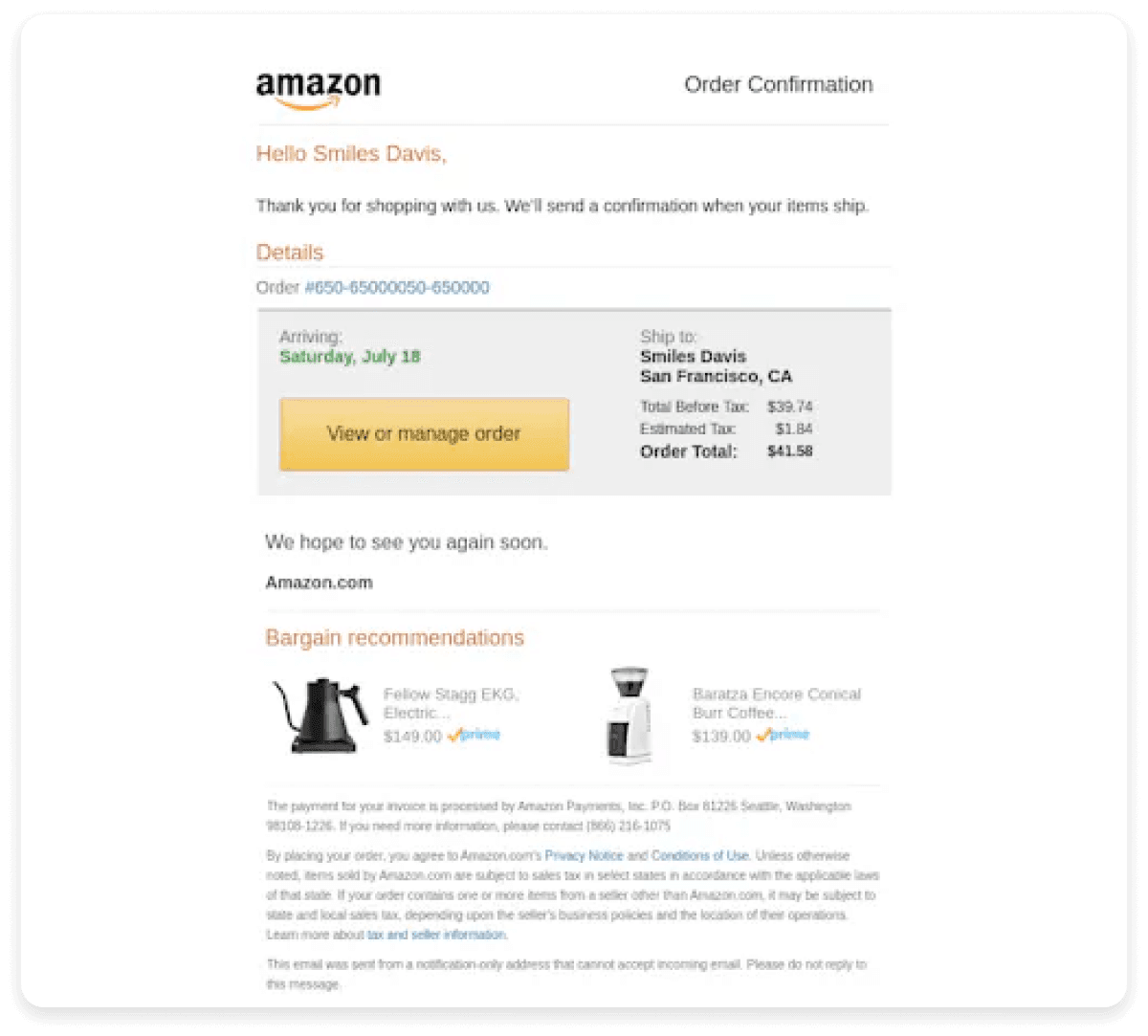
6. Nike
Nike's email marketing strategy embraces a "less is more" philosophy, focusing on simplicity and clarity to create a powerful impact. Their emails are characterized by spacious layouts and minimalistic design, featuring just their iconic logo and carefully chosen imagery.
By stripping away excess content, Nike ensures that each message is visually striking and immediately captures the recipient’s attention. This streamlined approach not only highlights key messages and calls to action but also reflects Nike’s commitment to straightforward, impactful communication.
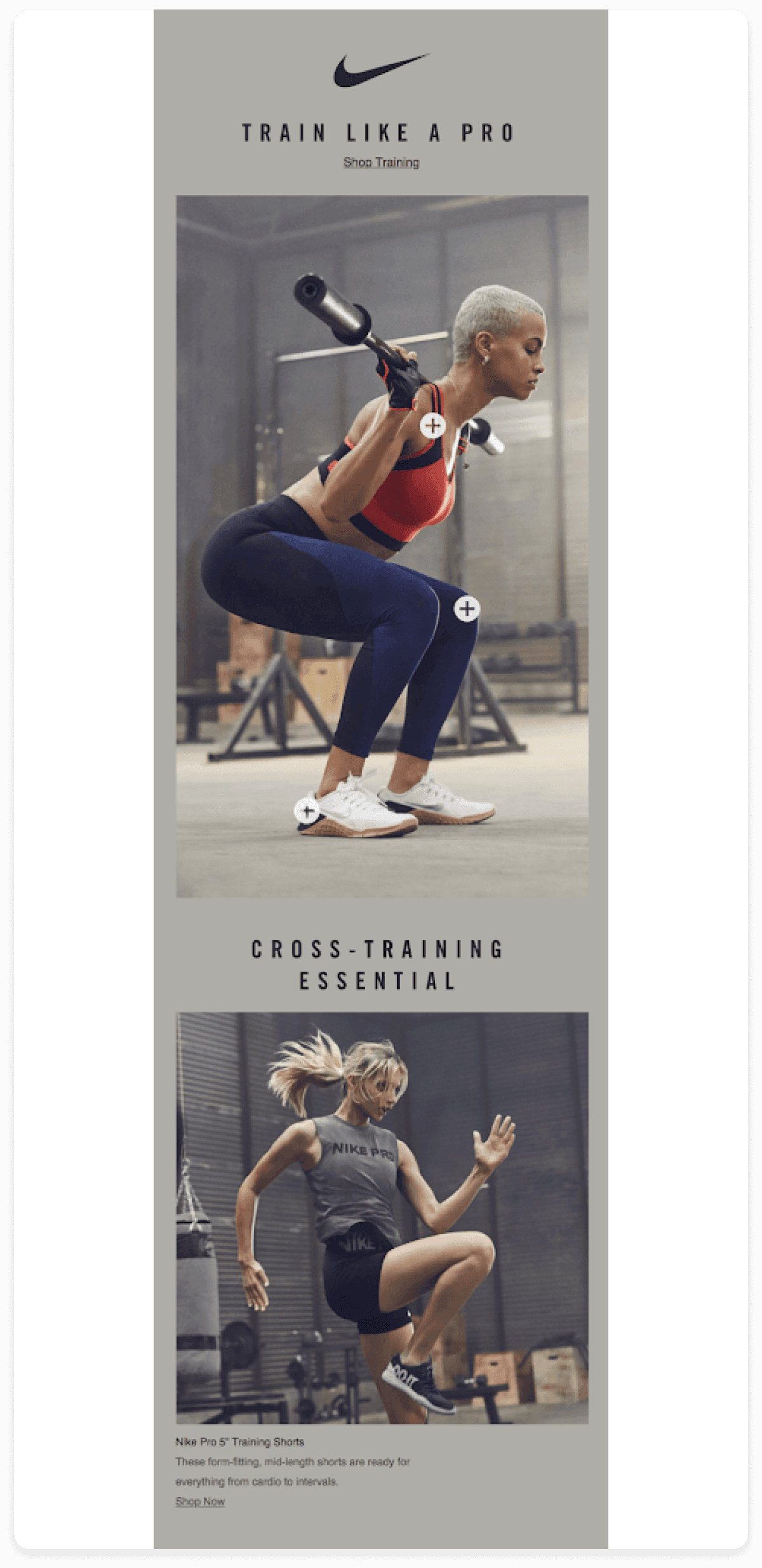
7. Sephora
Sephora leverages the psychology of exclusivity and urgency in its email campaigns. Sephora instils a sense of urgency by promoting limited-time offers and exclusive deals, compelling recipients to take immediate action.
This tactic boosts conversion rates and cultivates a loyal customer base eager to stay informed about special opportunities.
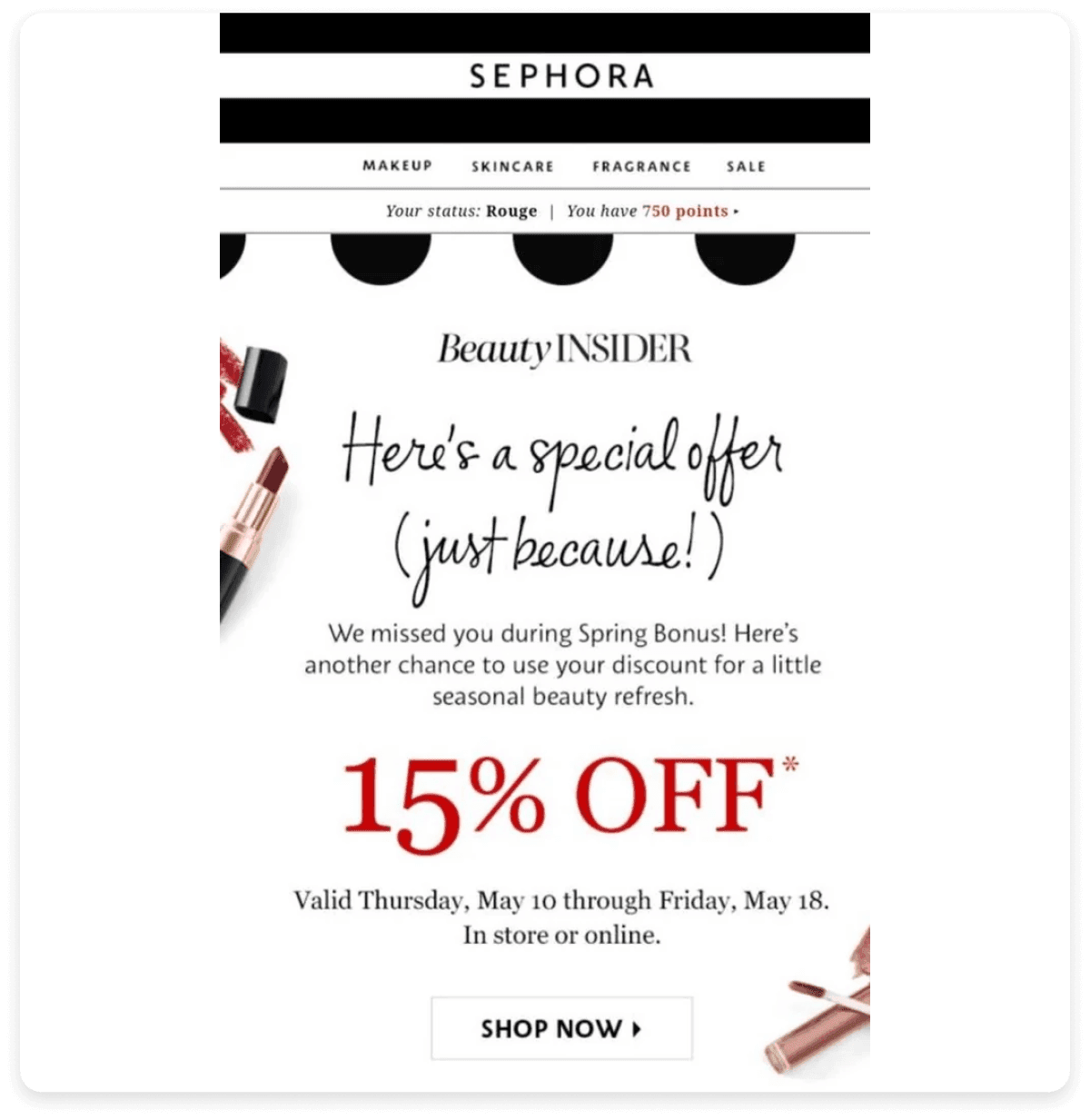
8. Spotify
Spotify integrates personalized playlists into its email advertising, tailoring content based on users' music preferences and listening habits. By tapping into users' emotional connection with their favourite music, Spotify creates a personalized and engaging experience, increasing the likelihood of recipients interacting with the promotional emails.
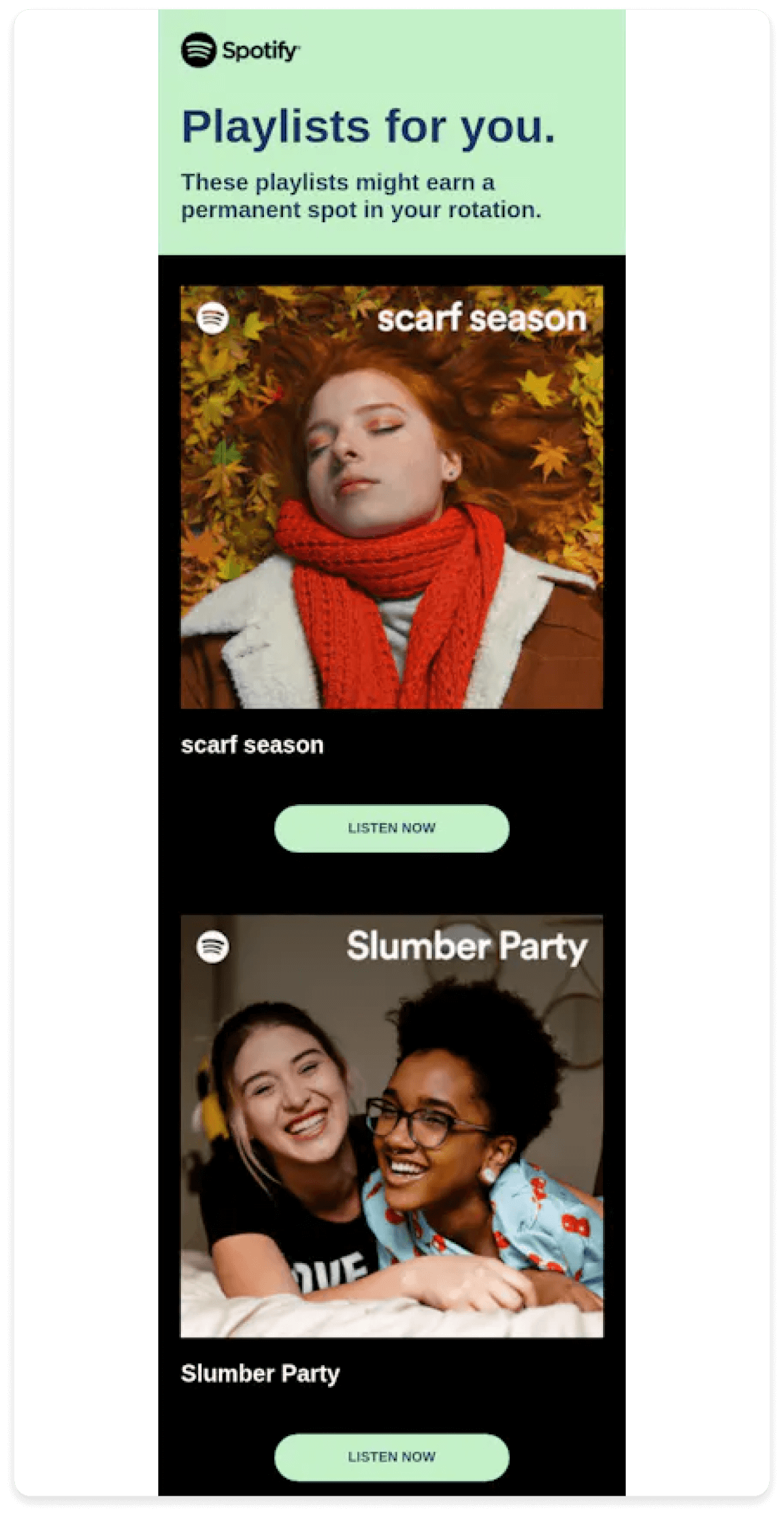
9. HubSpot
HubSpot excels in using email advertising for educational purposes. By providing valuable information such as industry insights, guides, and webinars, HubSpot positions itself as a thought leader and fosters trust with its audience.
Educational content not only adds value but also strengthens the brand-consumer relationship over time. Similarly, those who aim to refine their writing and communication skills can benefit from exploring a professional essay writing service that emphasizes clarity, structure, and persuasive expression skills that are also central to effective marketing communication.
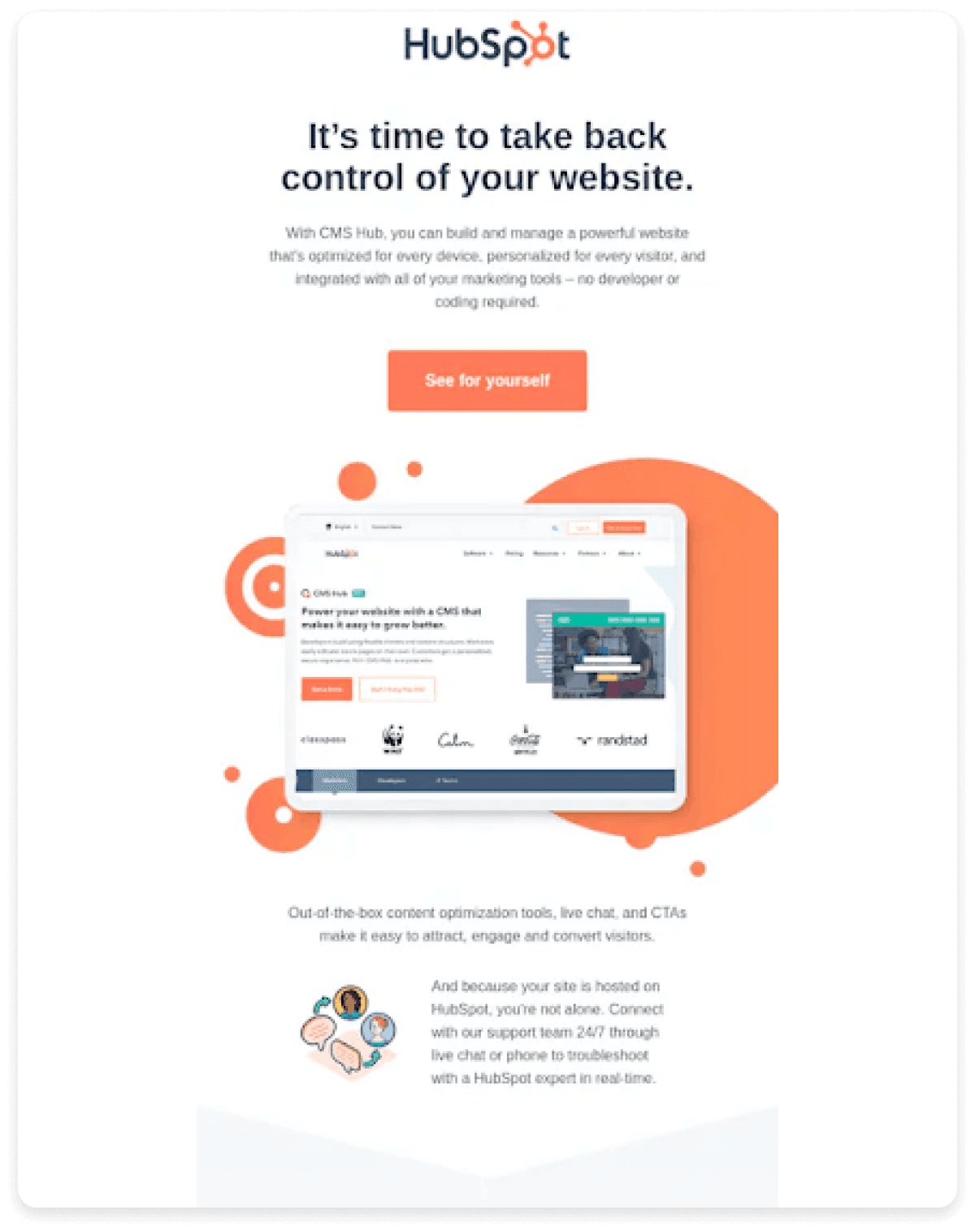
10. Unsplash
Unsplash, a platform for high-quality stock photos, incorporates user-generated content into its email campaigns. By featuring images contributed by the Unsplash community, the brand fosters a sense of community and inclusivity. This approach not only showcases the diverse range of content available but also highlights the collaborative spirit of the platform.
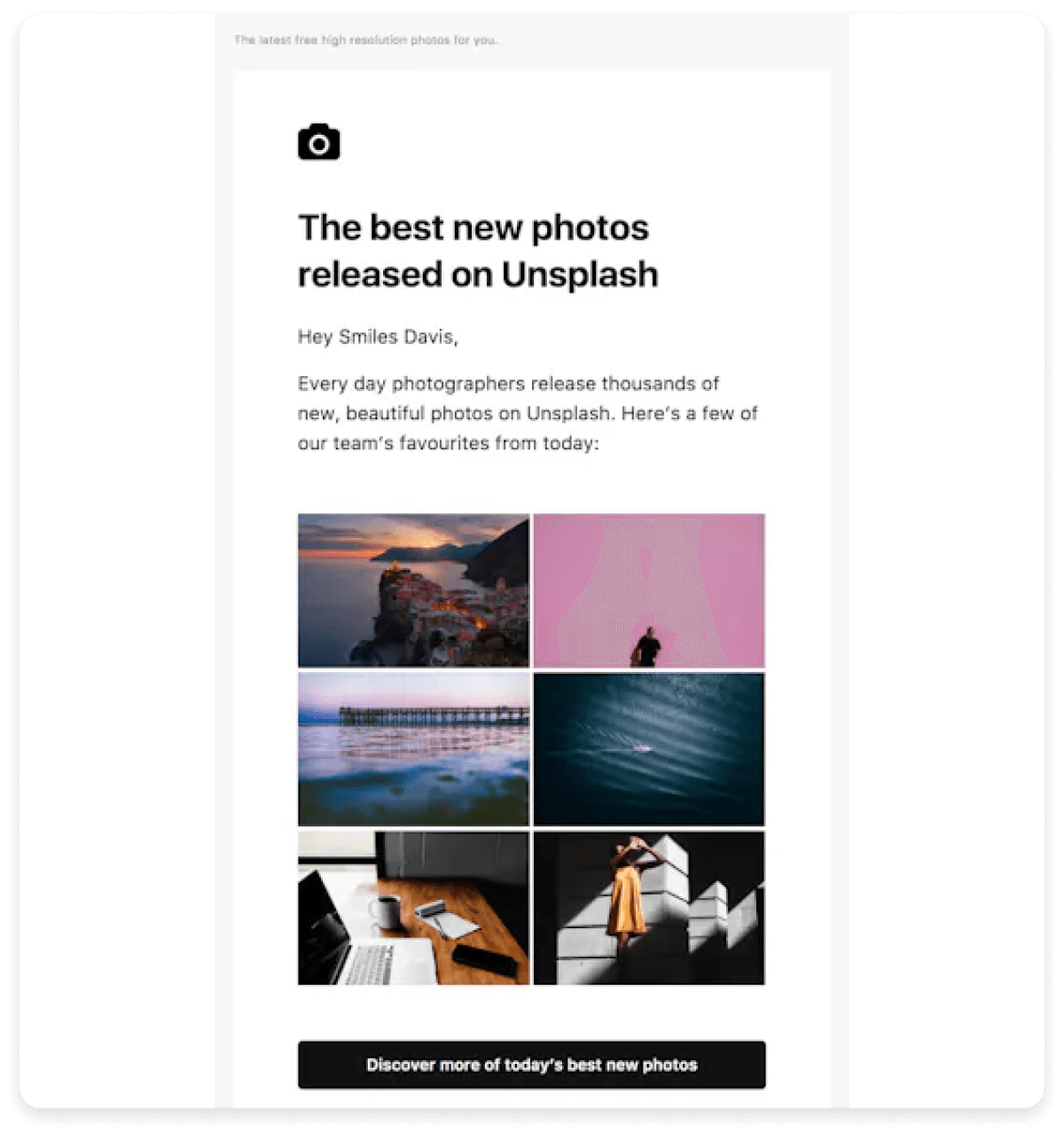
11. Trello
Trello infuses gamification elements into its email strategy, encouraging user engagement through interactive challenges, badges, and progress tracking. This approach not only adds a fun and dynamic element but also keeps recipients actively involved with the brand.
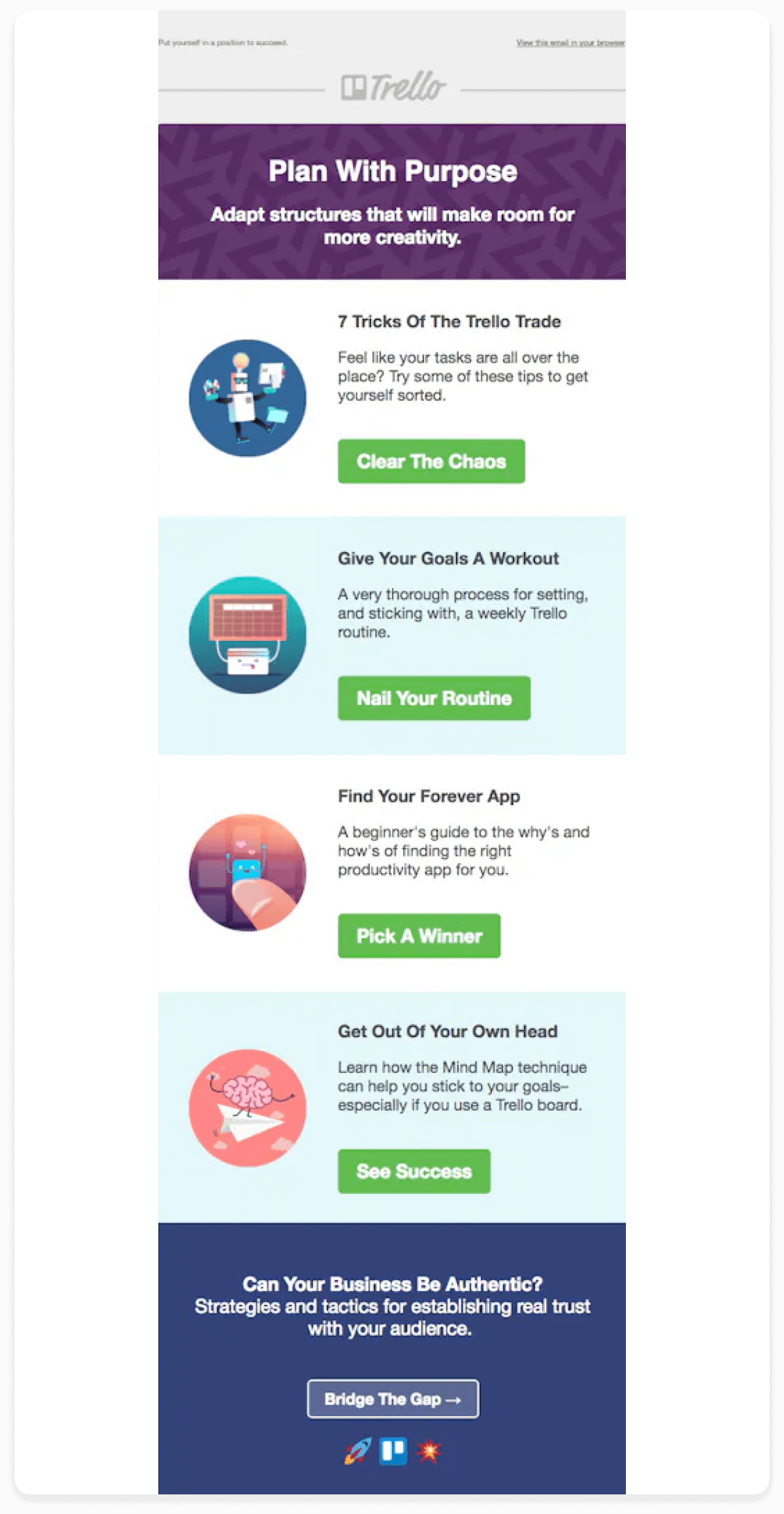
💡 Related guide: How to Use Email Gamification to Boost Your Email Marketing Campaigns
12. LinkedIn
LinkedIn seamlessly integrates social connection features into its email campaigns, allowing users to see relevant updates, connection suggestions, and engagement notifications directly within their inboxes.
This strategy reinforces the idea of a connected professional network, enhancing user interaction with the platform leading to better results.
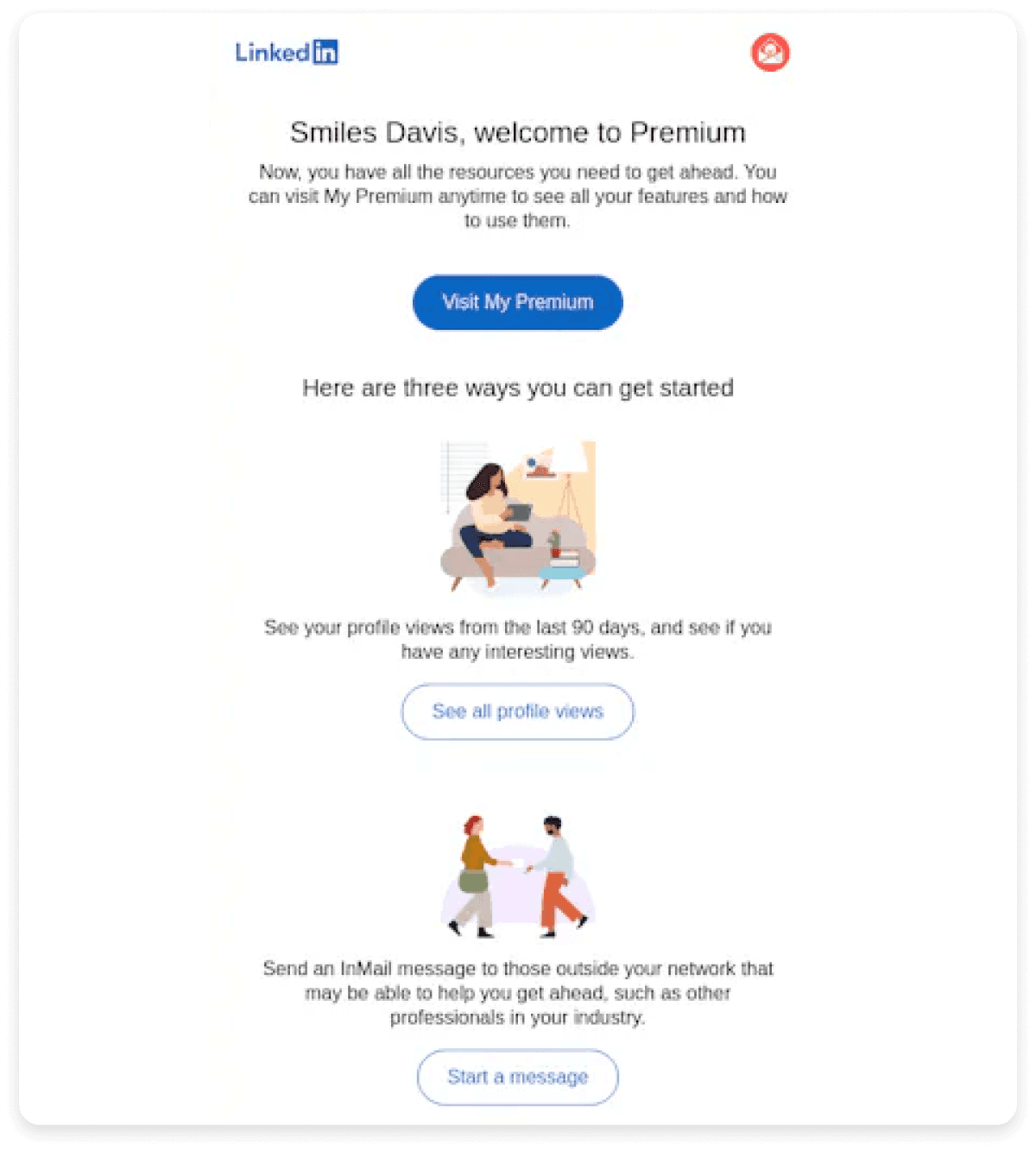
13. Warby Parker
Warby Parker revolutionizes the online shopping experience with virtual try-on features embedded in their emails. Recipients can virtually try on eyeglasses and sunglasses, providing an interactive and personalized preview that increases confidence in the purchase decision.
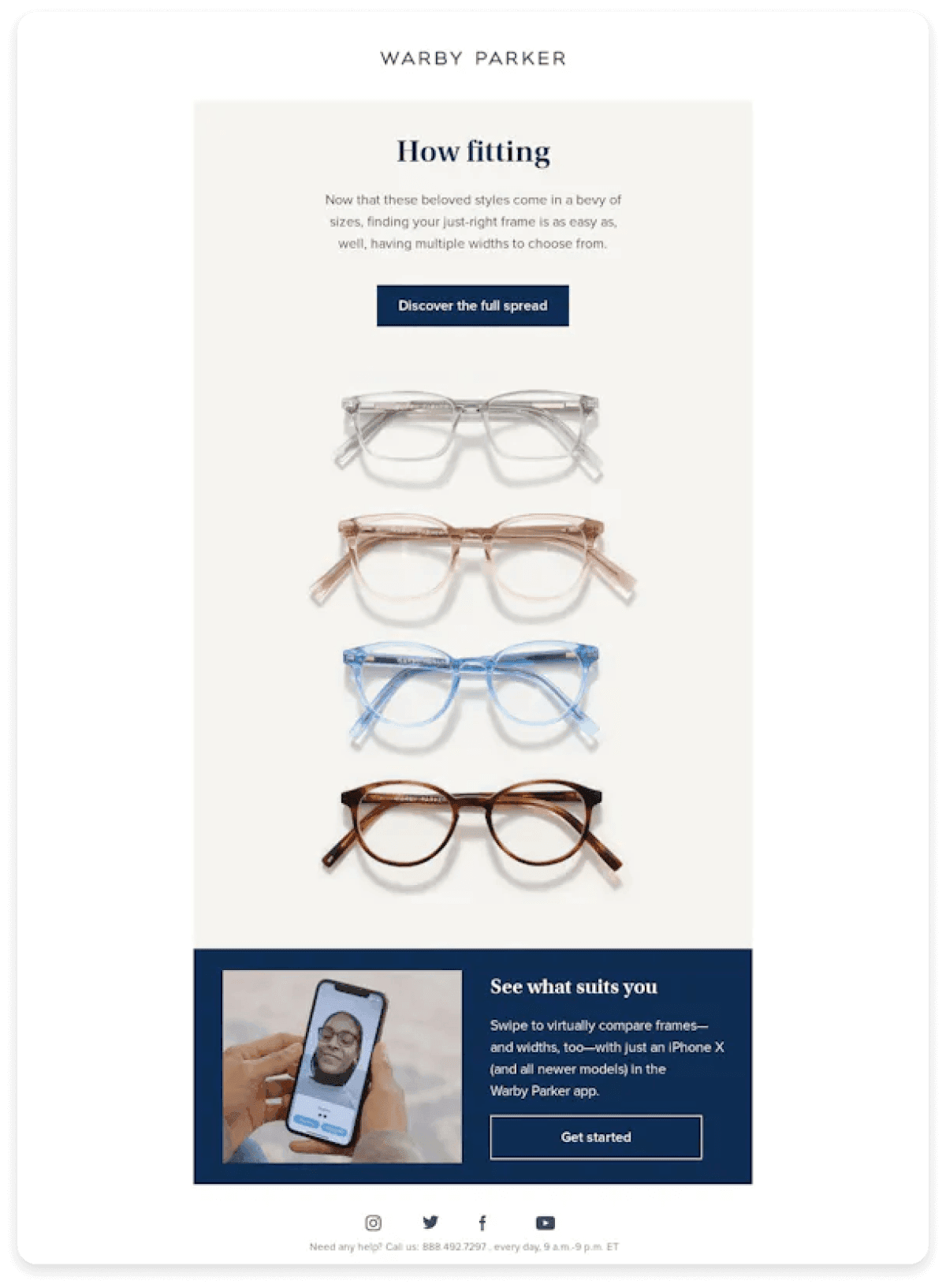
14. Starbucks
Starbucks leverages personalized rewards and offers in its email campaigns, tailoring promotions based on users' past purchases and preferences. By enticing customers with exclusive discounts and personalized rewards, Starbucks nurtures loyalty and encourages repeat business via marketing emails.
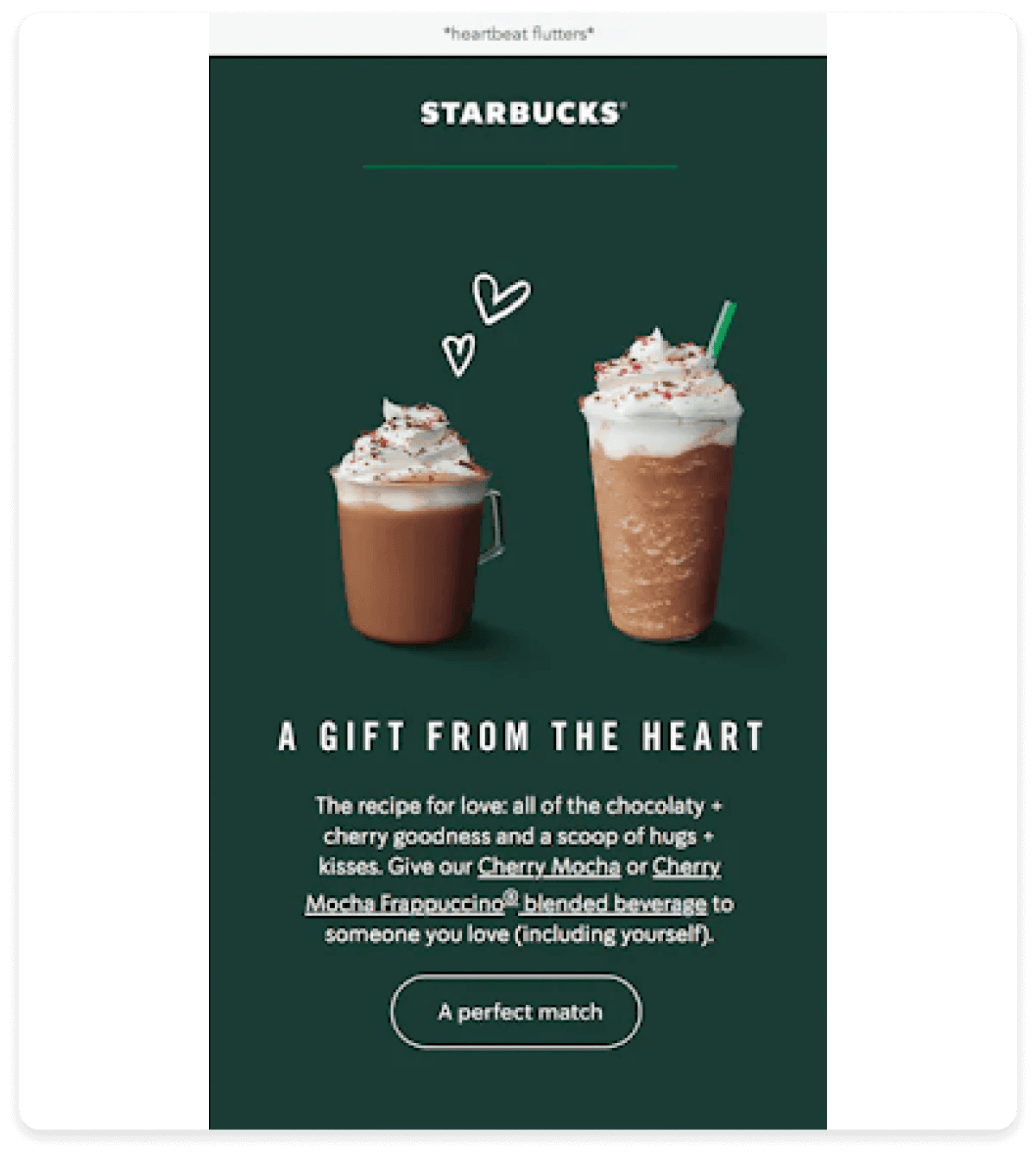
15. InVision
InVision generates excitement and anticipation through exclusive sneak peeks in its email advertising. Offering a glimpse into upcoming features, products, or content builds anticipation among recipients, driving engagement and positioning the brand as forward-thinking and innovative.
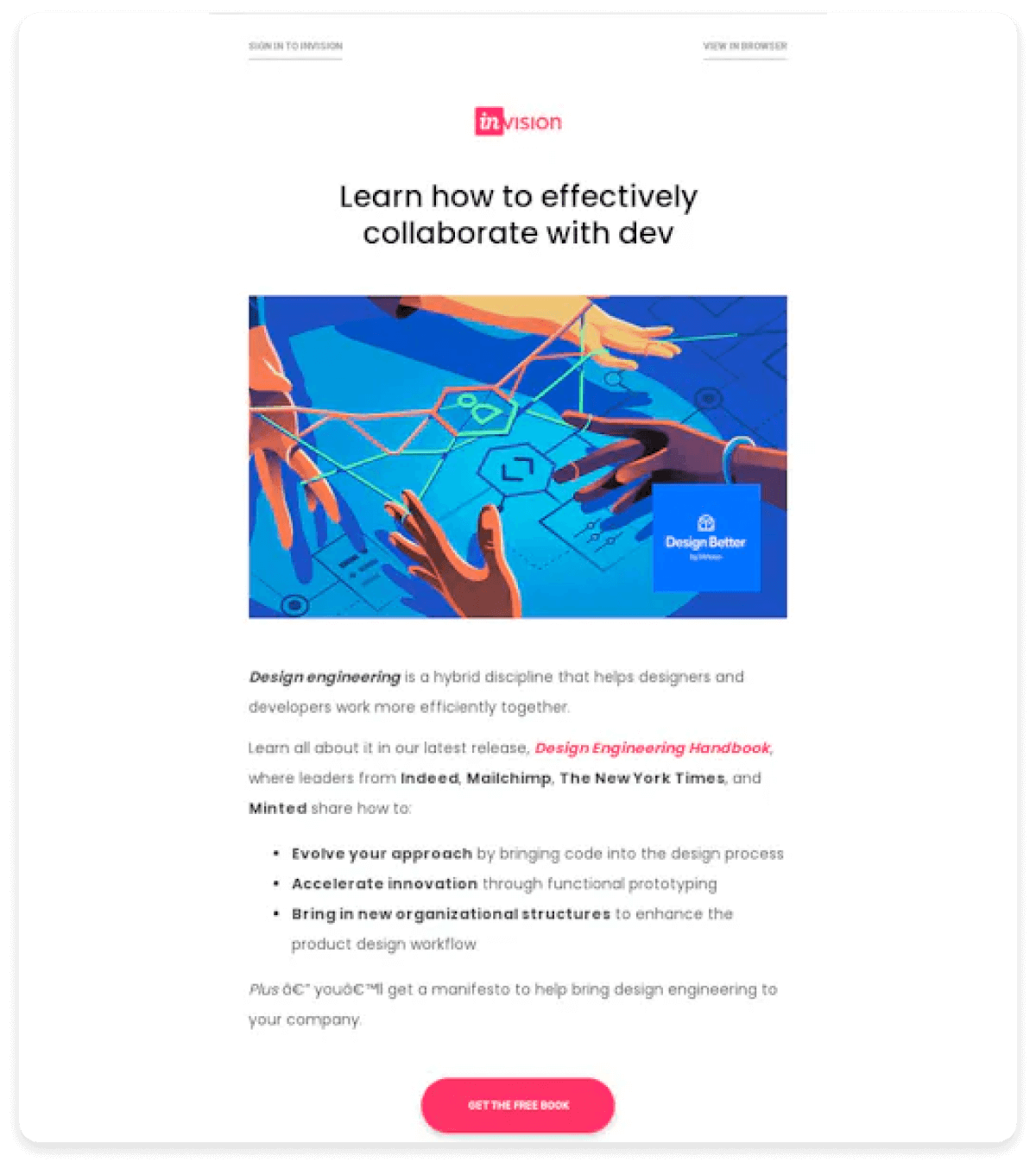
16. Duolingo
Duolingo incorporates progress tracking and celebrations into its email strategy, acknowledging users' language-learning milestones and achievements. This personalized recognition fosters a sense of accomplishment and motivates users to continue engaging with the language-learning platform.
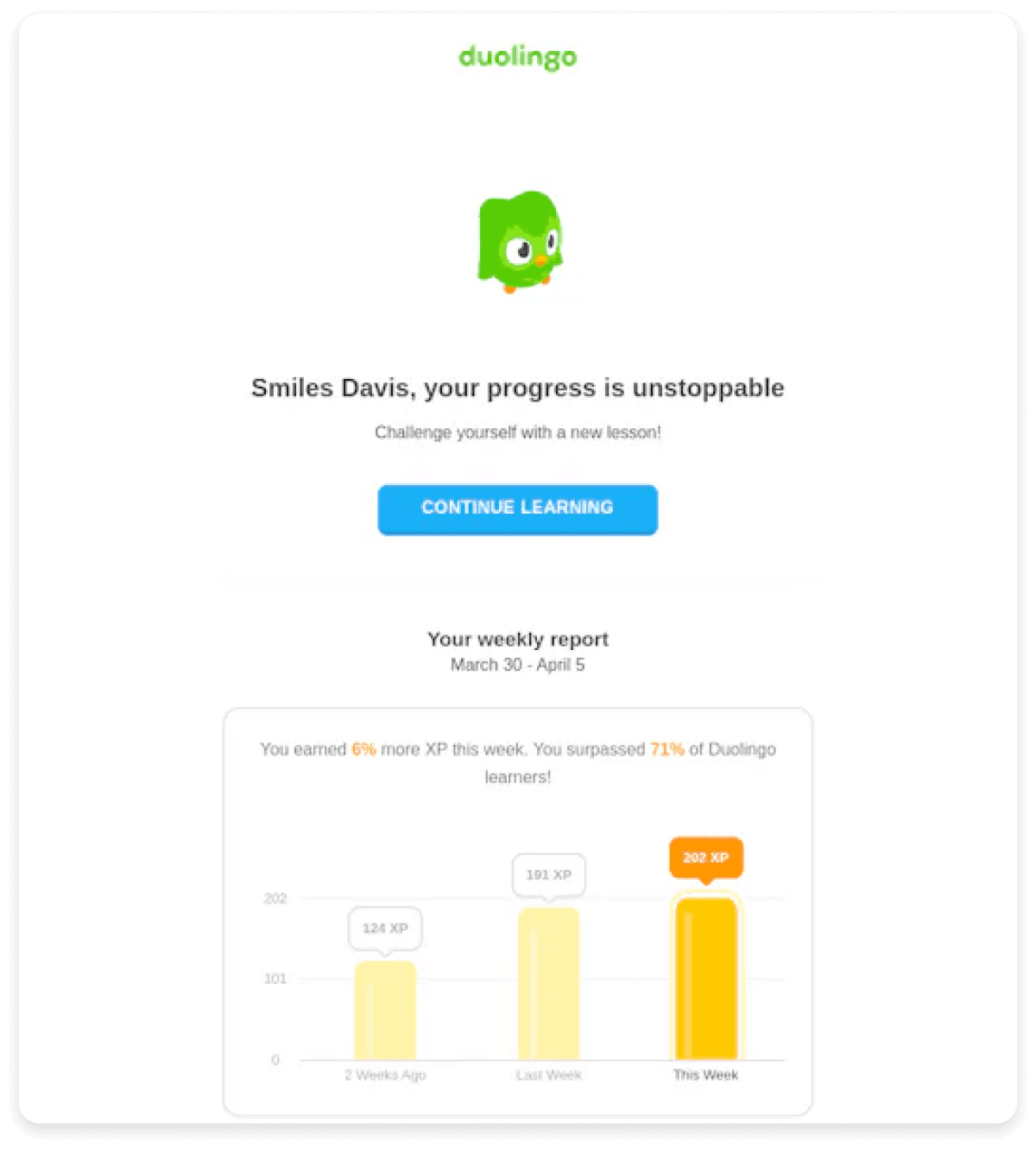
17. Everlane
Everlane stands out by emphasizing transparency and storytelling in its email advertising. By sharing the stories and blog posts behind product creation, sourcing, and ethical practices, Everlane establishes a connection with socially conscious consumers, fostering trust and brand loyalty.
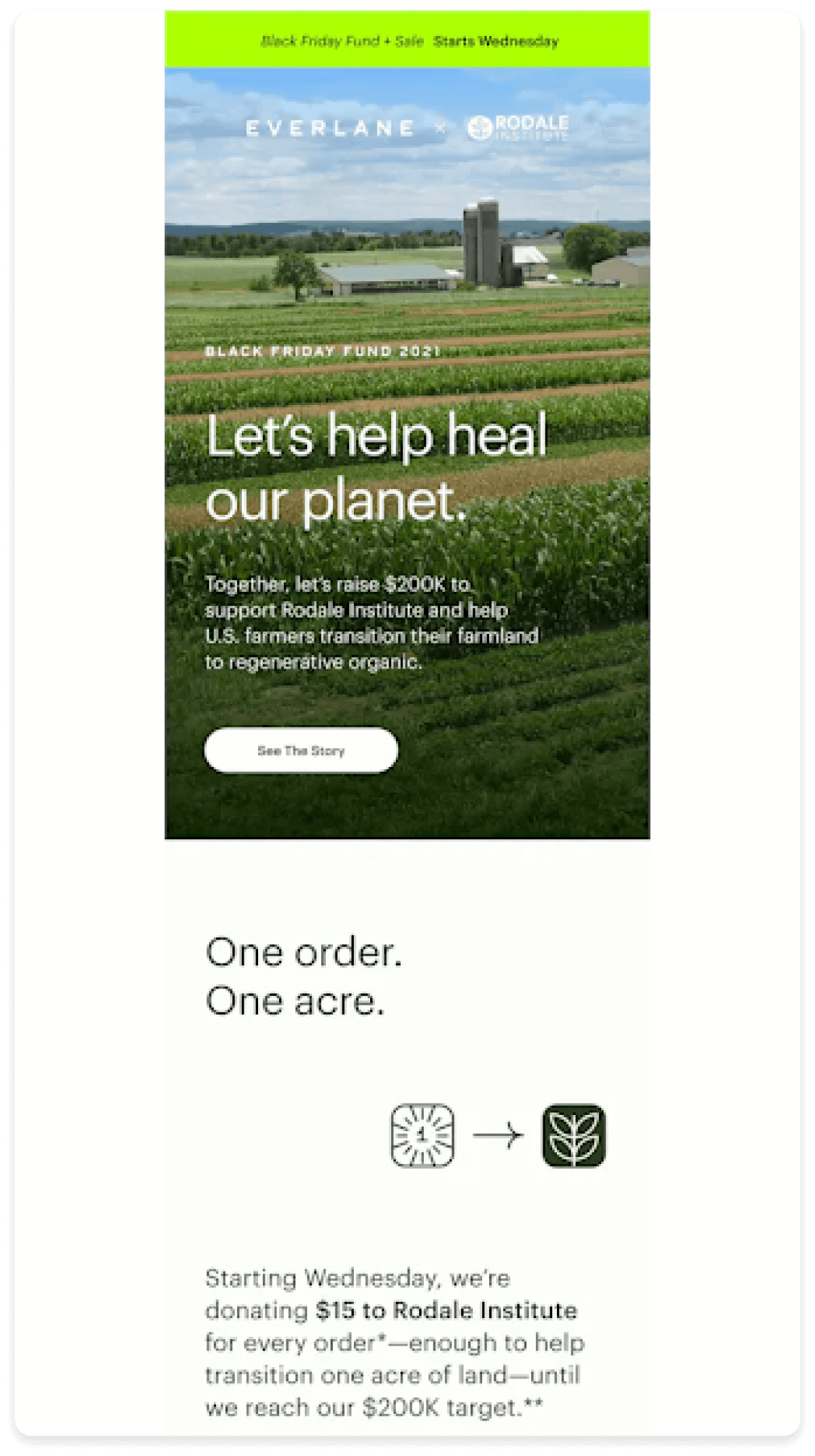
Final takeaway
From gamification and virtual try-ons to progress tracking and transparent storytelling, these examples highlight the versatility of email as a marketing tool and its ability to adapt to various industries and audience preferences.
As technology evolves, email advertising remains a potent tool, offering an effective marketing channel for businesses to connect with new customers in meaningful and impactful ways.


























